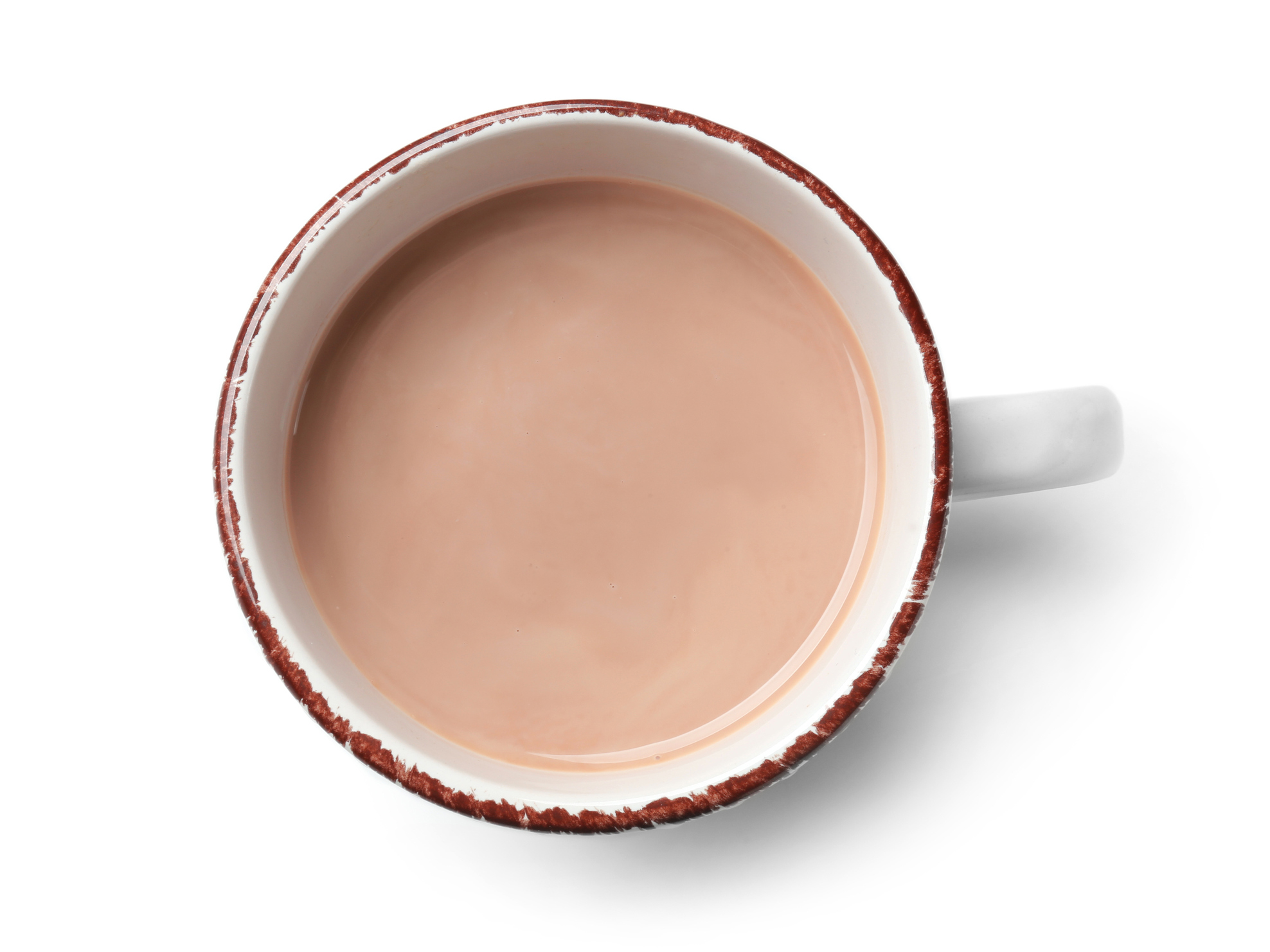Get Easy Health Digest™ in your inbox and don’t miss a thing when you subscribe today. Plus, get the free bonus report, Mother Nature’s Tips, Tricks and Remedies for Cholesterol, Blood Pressure & Blood Sugar as my way of saying welcome to the community!
What cocoa does for healthier arteries

When I was in my 30s, I remember sitting around the dinner table having a conversation with my great-aunts about some of the things to look forward to as you get older.
One aunt said she was thrilled when the hair on her legs stopped growing so much and she could cut down on shaving them.
Another commented that she noticed she could go longer between pedicures because her toenails didn’t grow out as quickly as they used to.
And while these things seemed like a relief, my aunts and I didn’t realize at the time that these “perks” of aging they were describing, are in fact some of the earliest signs of peripheral artery disease… a very serious condition that greatly increases a person’s risk for heart attack or stroke.
Peripheral artery disease
Peripheral artery disease (PAD) is a condition in which your arteries are narrowed and can’t carry enough blood to the parts of your body furthest from your heart, like your arms and legs.
It’s caused by atherosclerosis, a type of arterial hardening resulting from the accumulation of fats and cholesterol in and on the arterial walls.
If you frequently get unexplained cramps in your calf muscles, your legs feel weaker and you can’t walk as far as you used to, this process may have already started.
Left untreated, PAD can lead to a heart attack or stroke.
In advanced stage PAD, also called critical limb ischemia, or CLI, blood flow to the legs is so limited that sores do not heal, gangrene is common, and amputation is sometimes necessary.
Just this year, Dr. Mary McDermott of Northwestern University led a study that gives people with PAD hope for a new, rather sweet, way to relieve their condition.
Cocoa to treat PAD?
“Patients with PAD have difficulty walking that is as bad as people with advanced heart failure,” says Dr. Naomi Hamburg, chair of the American Heart Association’s Peripheral Vascular Disease Council, commenting on Dr. McDermott’s study.
“…this early study suggests that cocoa may turn out to be a new way to treat people with PAD.”
Dr. McDermott and her team hypothesized that epicatechin, a flavonoid found in raw cacao, could increase the activity of mitochondria in the calf muscles of people with PAD, improving their strength and walking ability.
Mitochondria are the energy producers of cells, taking in nutrients and turning them into usable energy.
Previous studies have associated epicatechin with improved arterial function, thinner blood and less chance of clotting.
In Dr. McDermott’s study, participants were randomly assigned to drink milk or water mixed with 15g of cocoa and 75mg of epicatechin, three times a day for six months.
Those who consumed cocoa showed a significant improvement in their walking ability — an average of 43 meters further in 6 minutes — while those who did not drink cocoa showed a decline of 24.2 meters in their walking distance.
How to prevent PAD in the first place
PAD has four main risk factors: smoking, high cholesterol, high blood pressure, and type 2 diabetes.
According to Dr. Ken Mukamal, an associate professor of medicine at Harvard Medical School, one of these risk factors is bad enough, but two can double your risk and all four put you at a 15-fold greater risk for PAD. If you already have any of these conditions managing them well would be paramount to avoid developing PAD.
Preventing PAD is a matter of keeping your arteries healthy, flexible and clear of plaque. And for the most part, that comes down to diet and exercise. Obesity and lack of exercise can cause overall deterioration of the arterial system.
What diet should you follow to avoid developing PAD or worsening symptoms? Vascularcures.org recommends a low-fat, low-cholesterol diet plentiful in fruits and vegetables. That sounds like a Mediterranean-style diet or a DASH diet — both good choices.
Then get moving with whatever type of exercise you feel you can stick with, even if it’s just a brisk walk a couple of times a day. Dr. Mark Wiley advised that tai chi is effective against the hardening of the arteries and is a reasonable exercise for anyone with restricted movement.
Like the epicatechin found in cocoa (or raw cacao), you can put lots of other nutrients to work to bolster your circulation and pamper your arteries…
We’ve also known for a while now that people with high levels of omega-3 fatty acids in their blood have a significantly lower risk for heart attack and stroke.
So, where do you get these magical omega-3s? The best food source is fatty fish: anchovies, sardines, salmon, herring and mackerel. Flax seeds, walnuts, soybeans, and canola oil are also great dietary sources of omega-3 fatty acids as well.
Editor’s note: There are perfectly safe and natural ways to decrease your risk of blood clots including the 25-cent vitamin, the nutrient that acts as a natural blood thinner and the powerful herb that helps clear plaque. To discover these and other secrets of long-lived hearts, click here for Hushed Up Natural Heart Cures and Common Misconceptions of Popular Heart Treatments!
Sources:
- Cocoa could bring sweet relief to walking pain for people with peripheral artery disease — EurekAlert
- Cardioprotection by Cocoa Polyphenols and ω-3 Fatty Acids: A Disease-Prevention Perspective on Aging-Associated Cardiovascular Risk — Journal of Medicinal Food
- What Is Advanced PAD? — Love Your Limbs
- Erythrocyte long-chain omega-3 fatty acid levels are inversely associated with mortality and with incident cardiovascular disease: The Framingham Heart Study — Journal of Clinical Lipidology
- Prevent peripheral artery disease — Harvard Health
- What is Peripheral Artery Disease? — Vascular Cures













